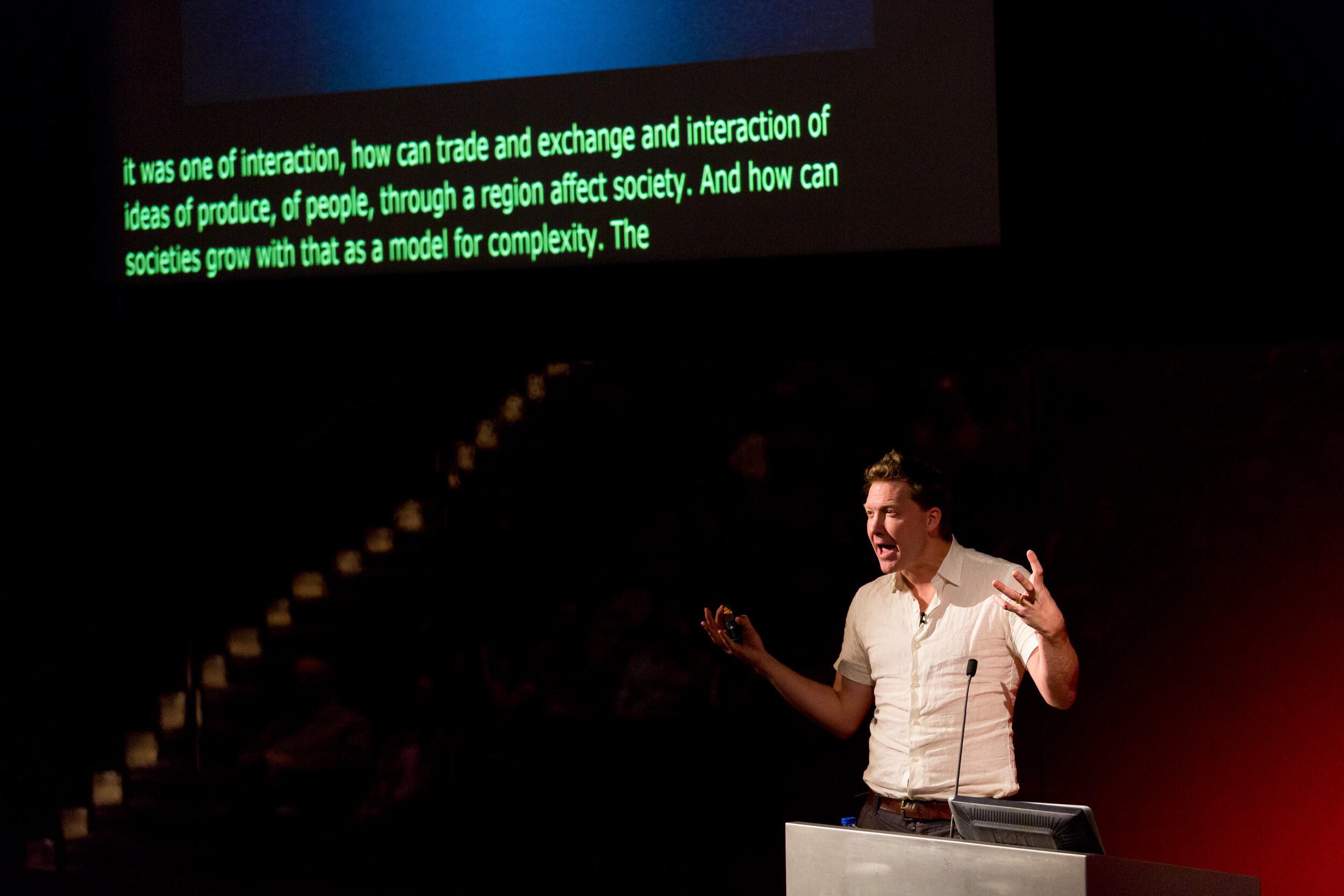Arts, culture and heritage: are deaf people welcome?
In a recent article published online in Frieze, Chris Sharratt asked whether the art world has a problem with disabled people. It was written in response to a Twitter thread by Ciara O’Connor discussing her experience as a wheelchair user at the Olafur Eliasson exhibition at Tate Modern. Over 2,000 people retweeted the thread, with many people telling their own stories and expressing personal frustrations.
But the problem of accessibility to culture for deaf and disabled people is not restricted to art galleries; a recent survey conducted by Censuswide found that museums and heritage sites are still not catering for disabled children and their families. I wasn’t surprised to read this, as a deaf person I know what it’s like to be excluded from exhibitions and cultural venues due to lack of appropriate access provisions. I was therefore pleased to see this issue being discussed in the mainstream media and the recognition that the problem was not only a lack of access to the venues themselves but also to events, opportunities and employment within these fields.
People are often surprised (as was I) that many visual arts and culture venues and events are inaccessible to deaf people. Losing my hearing suddenly, the year after graduating with a visual arts degree, I didn’t initially realise the impact it was going to have on me and my career prospects in the field. I had thought I would be able to rely on my other senses and abilities. I was surprised to find many arts and cultural events and exhibitions were now off limits.
For example, as an artist I wanted to be able to attend talks and educational events at museums and art galleries. I would email venues in advance to ask if there was any access and was often told there wasn’t. Sometimes they would say there was definitely a loop system, so I’d book a ticket and arrive early at the venues to ensure they knew I was there (so that the loop was switched on). All too frequently I’d be assured everything was fine, only to find out once I had sat down that it wasn’t and nobody was around to help. I would then find myself stuck in a room full of people all listening and engaged in conversation while I was unable to hear a word. This was a very isolating and upsetting experience. Although it has happened so often, I never get used to it, or find the experience of being excluded any less emotional or difficult. Each time I experience a feeling of bereavement and isolation, making me feel less the person I once was.
I have found myself now avoiding venues that don’t advertise themselves as accessible. But this isn’t really a solution to the problem, as it seriously limits options for how I spend my time and what I can engage with. There are many events and venues that I know I would really enjoy and benefit from attending (that I’m aware my hearing peers enjoy) but I have missed out on. I know I am not alone; many deaf and disabled people will tell you the same thing and how it becomes emotionally and physically exhausting to keep pushing for access.
Many exhibitions in museums and art galleries are also inaccessible to me. It may be an exhibit relies on hearing a sound that isn’t described, it may be a film without subtitles, or encounters with staff who are not deaf aware. Making something accessible need not be expensive. It may simply mean providing captions for a video, or transcripts, or making sure the loop system is working.
For example, last year I paid to attend the Tacita Dean exhibition at the Royal Academy but found there was no transcript for her film Antigone. I sat and watched feeling frustrated I was missing out on such a central work in the exhibition. A transcript would have been a simple solution, and one I have seen work successfully in other venues such as Tate Liverpool. This simple and low-cost adjustment would have made such a difference to my experience at the Royal Academy.
It’s important to note that when it comes to access there is frequently a misconception that one size fits all. For example, when I email in advance to request access, I am often told about a venue’s BSL provision, but as deafened person for whom English is a first language this isn’t appropriate for me. It’s great BSL talks are now more widely available but more needs to be done to improve access for those with different access needs.
Action on Hearing Loss estimate there are eleven million people in the UK who are deaf, deafened or hard of hearing - that’s 1 in 6 of us. This is set to rise to 15.6 million by 2035 (1 in 5 people). The deaf audience is a significant audience that is often overlooked. Indeed, when venues and programmes describe themselves as ‘accessible’ they often haven’t considered the needs of those with hearing loss at all.
An example of this was a peer forum that I applied for and was offered a place on. The opportunity advertised itself as accessible to disabled people, which is why I applied. On my application I clearly stated that I was deaf; I was accepted on to the programme only to be told when I asked about access that it was not going to be accessible to me. I was told that when they had advertised it as accessible for disabled people they had meant they could provide access for those with impairments that affected their mobility (although nowhere was this stated). This opportunity was funded by Arts Council England and National Lottery funding and was a very rare ‘accessible’ opportunity that I had been excited to gain a place on but was off limits to anyone with a hearing loss, not because of talent or ability but lack of access provisions. I was very disappointed.
Similarly, I booked a ticket at a major London art gallery for an event which is held regularly, where disabled artists can show their work and receive feedback (another rare ‘accessible’ opportunity for disabled artists). When I asked in advance if the event was accessible to me, I was told there would be a loop system but, when I arrived, I was told there was no loop system in that room. These are just two examples and I could list countless others.
British Museum event - Lost Kingdoms of South America, presented by Dr Jago Cooper. Live subtitling by Stagetext. Photo credit: Benedict Johnson Photography, 2014
I know that not being able to engage in debate, conversation, exhibitions and education at cultural venues has changed how I feel about myself and certainly how I feel about the world around me. It’s closed off opportunities to educate myself and excluded me from new experiences which would have benefited me intellectually and improved my practice as an artist. It’s also increased my sense of isolation, making me feel unwelcome in an environment I once enjoyed spending time in.
When I consider my own experience, I’m prompted to ask the following question: How can we expect to develop the next generation of talented and qualified deaf and disabled curators and artists when we fail to make our art galleries, museums and educational programmes accessible to everyone?
Sexology tour (example of a guided tablet tour by Stagetext). Photo credit: Mike Massaro. Wellcome Trust, 2015
I believe that curators and the artists whose work is shown in our cultural venues should reflect the diversity of society around us, however, the lack of deaf and disabled curators in the arts and cultural sector is concerning. As curator for the Wellcome Collection George Vasey explains: ‘Around 20% of working-age adults in the UK are disabled yet, according to recent reports by Arts Council England, only 4% of cultural workers would define themselves as disabled. It gets worse. 1% of people in an artistic position in the visual art sector would define themselves as disabled.’
Unfortunately, it isn’t surprising; disabled artists and curators face so many barriers to opportunities that they often miss out on chances to progress that their peers enjoy. The impact of having more deaf and disabled curators might also be that access is considered when exhibitions and educational programmes are planned and proposals are submitted. As artist and curator Aidan Moesby points out: ‘When I did my MA in curating at the University of Sunderland a couple of years ago, disability was never mentioned within the context of curating unless I brought it up. How, then, do prospective curators begin to change if they’re not having their awareness increased?’
When I discovered that Stagetext not only provided captioning for theatre but also for talks and museum guided tours, it was a life changing experience. I am so grateful to Stagetext for their work in this area, not only as provider of live captioning but also as advocates for improved access for D/deaf, deafened and hard of hearing people. Venues like the Wellcome Collection are fantastic; I can now attend a broad range of exhibitions and talks on subjects from psychology, health, art and science where my access needs are met. To be able to stay engaged with contemporary discussions and debates in this way has been so important to me. It allows me to feel connected to the world and to a sense of myself as a human being, reinvigorating and inspiring me.
I am so grateful for this but more still needs to be done to make arts and culture accessible to all. It would be great to see more cultural venues welcome deaf, deafened and hard of hearing people and improve their access provisions. If venues aren’t sure where to begin, I encourage them to get in touch with Stagetext who are always happy to advise and support them in becoming more accessible. My deafness does not make me less of a person, it is a part of who I am, it gives me another perspective on the world, one which often informs my art practice. When appropriate access is in place, there is no reason why anyone should miss out on opportunities to enjoy what our wonderful arts and heritage venues have to offer. I truly believe a properly inclusive society benefits everyone.



